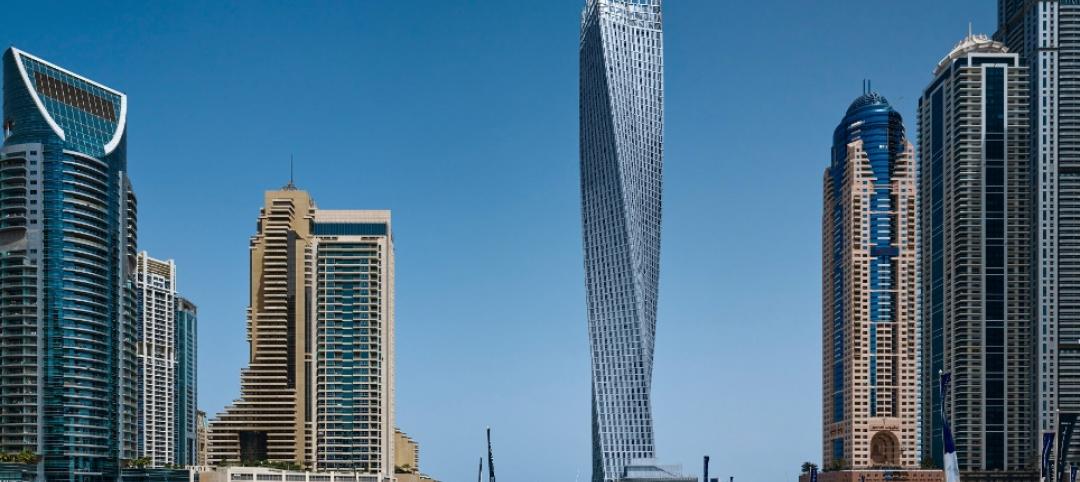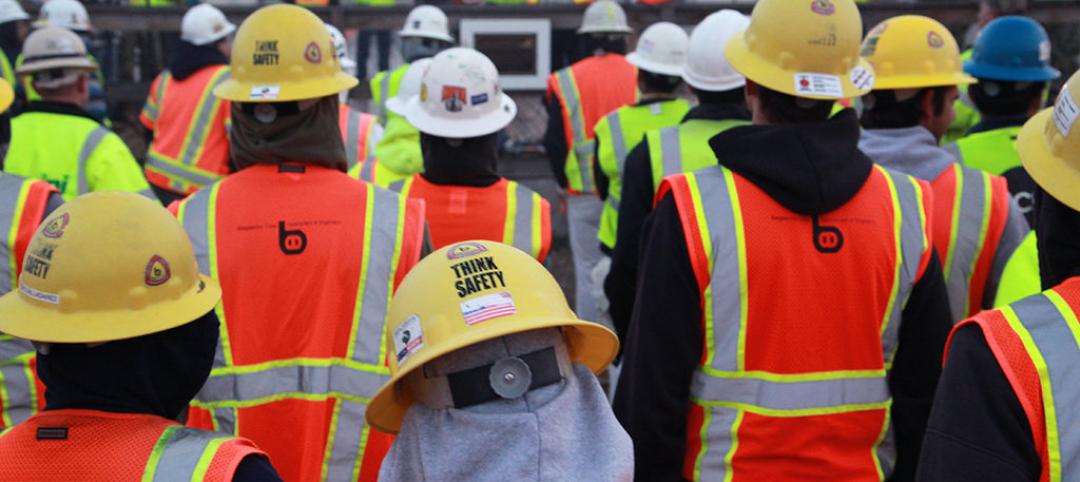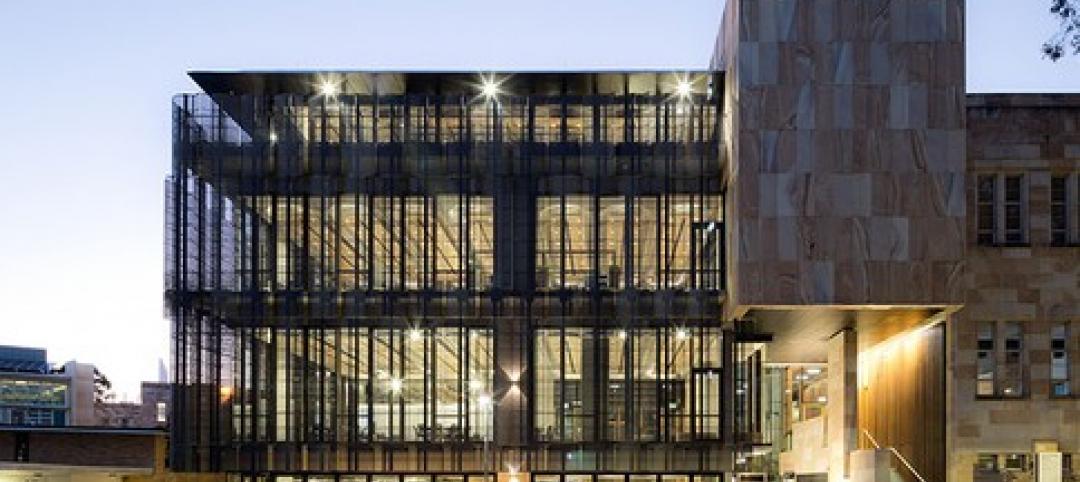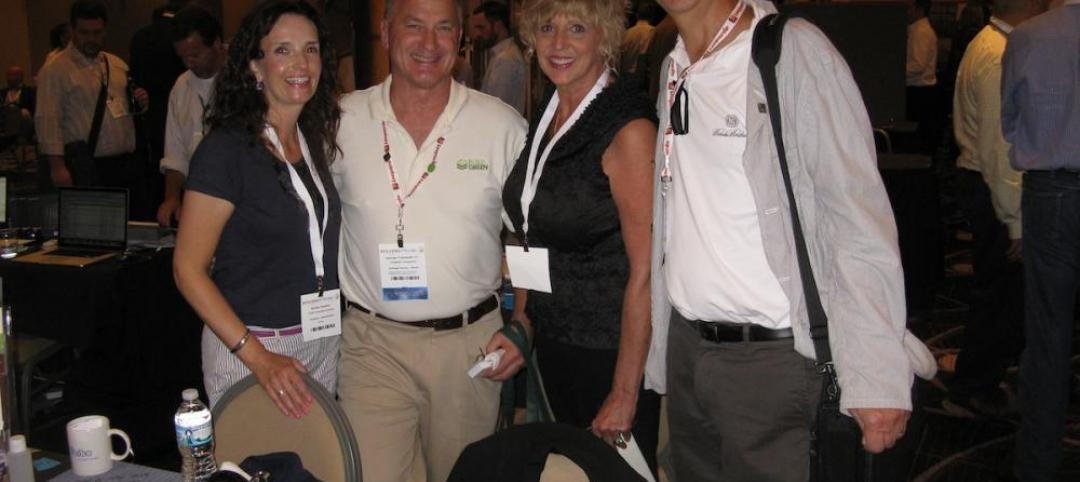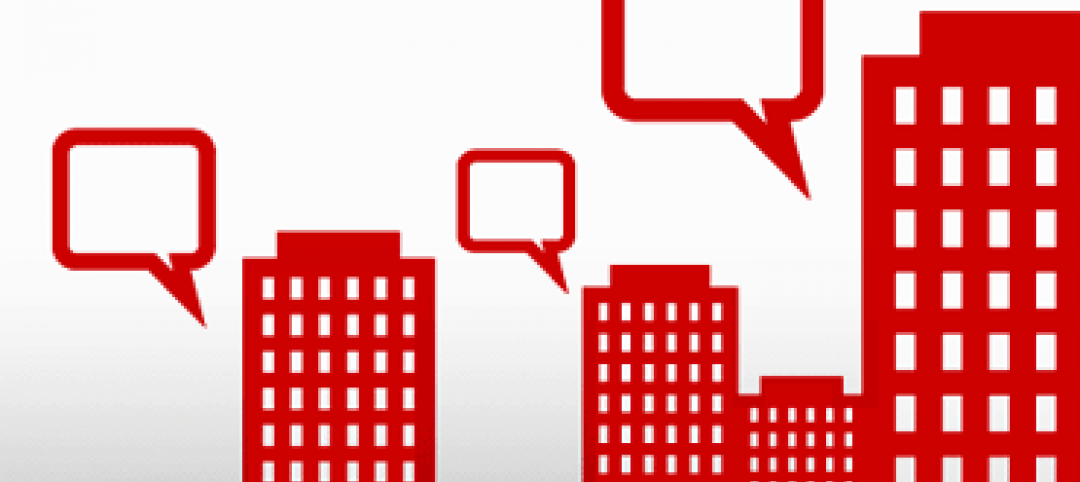U.S. engineering firm CEOs remain encouraged about overall company performance and market trends. They also see strong signs of recovery in industry employment, this according to the latest ACEC Engineering Business Index (EBI), which charts the health of the engineering industry.
EBI is a diffusion index, consolidating hundreds of engineering leader responses nationwide on market and firm performance into a single “confidence” number. Any score over 50 indicates expansion.
The third quarter EBI (Q3), conducted Sept. 17 to Oct. 3 of 275 engineering CEOs, presidents and chairmen, produced a positive composite score of 68.8, virtually unchanged from 68.9 in the second quarter.
Survey respondents reported a strong rebound in hiring: 67.4% said employment at their firm was equal to or higher now than pre-recession (2008) levels; 25% said employment was “at least 10%” higher. Only 32.7% said employment was lower.
Engineering leaders remained encouraged by company performance: 65% reported higher backlogs compared to this time last year—significantly more than the 51% in the second quarter. Almost half of Q3 respondents (49.3%) expect backlogs to increase further over the next 12 months.
Respondents also believe most private markets will continue to thrive: 61.7% expect improvement over the coming year in Land Development, 56.1% in Energy and Power, and 53.1% in Buildings and Commercial.
Public market expectations, however, continue to lag: only 43.8% of respondents believe the Water and Wastewater segment will improve by next year; only 39.7% said Transportation will improve.
For the complete Q3 summary of ACEC’s Engineering Business Index (EBI) go to www.acec.org.
Related Stories
| Oct 23, 2013
Architecture Billings Index hits seven-month high in September
AIA's Architecture Billings Index was 54.3 in September, the highest level since February 2013
| Oct 22, 2013
World's tallest twisting tower added to Dubai skyline [slideshow]
The 75-story residential building, designed by SOM, features a dramatically rising helix shape for a distinctive addition to the city’s skyline.
| Oct 22, 2013
Still a long way to go toward improving worker safety
Last year, there were 775 fatalities among U.S. construction workers: 133 among those in the construction of buildings, 169 in heavy/civil engineering projects, and 456 involving workers in specialty trades. What can construction firms do to prevent fatalities? Building a culture of safety must start at the top.
| Oct 21, 2013
University of Queensland’s net-zero building features biomimicry-based design
University of Queensland’s Global Change Institute (GCI) building in Australia showcases on-site solar energy sources, biomimicry-based design features, and the first structural use of low-carbon concrete in the country.
| Oct 21, 2013
ASHRAE/IES publish 2013 Energy Standard
Major changes to requirements regarding building envelope, lighting, mechanical and the energy cost budget are contained in the newly published energy standard from ASHRAE and IES. ANSI/ASHRAE/IES Standard 90.1-2013, Energy Standard for Buildings Except Low-Rise Residential Buildings, incorporates 110 addenda, reflecting changes made through the public review process.
| Oct 20, 2013
What you missed at BUILDINGChicago/Greening the Heartland
Not able to attend the inaugural BUILDINGChicago/Greening the Heartland conference and expo this week? Don't worry. The BD+C editorial team has you covered.
| Oct 18, 2013
Meet the winners of BD+C's $5,000 Vision U40 Competition
Fifteen teams competed last week in the first annual Vision U40 Competition at BD+C's Under 40 Leadership Summit in San Francisco. Here are the five winning teams, including the $3,000 grand prize honorees.
| Oct 18, 2013
A picture’s worth a thousand words… if you can find it
Photographs are becoming more essential to project communication and documentation. Recently, I sat in a local airport integration project meeting in which the owner outlined their expectation for construction documentation. One of the first requirements was to provide photographs throughout the building process.
| Oct 18, 2013
Researchers discover tension-fusing properties of metal
When a group of MIT researchers recently discovered that stress can cause metal alloy to fuse rather than break apart, they assumed it must be a mistake. It wasn't. The surprising finding could lead to self-healing materials that repair early damage before it has a chance to spread.
| Oct 18, 2013
Sustainability expert: Smart building technology can have quick payback
Smart building technology investments typically pay for themselves within one or two years by delivering energy savings and maintenance efficiencies.



